This conceptual pairing of eVTOL and electric superyacht is a new expression of stealth wealth
Silent Yachts has teamed up with British eVTOL manufacturer VRCO to integrate the Xcraft XP4 into the flagship Silent 120 electric catamaran
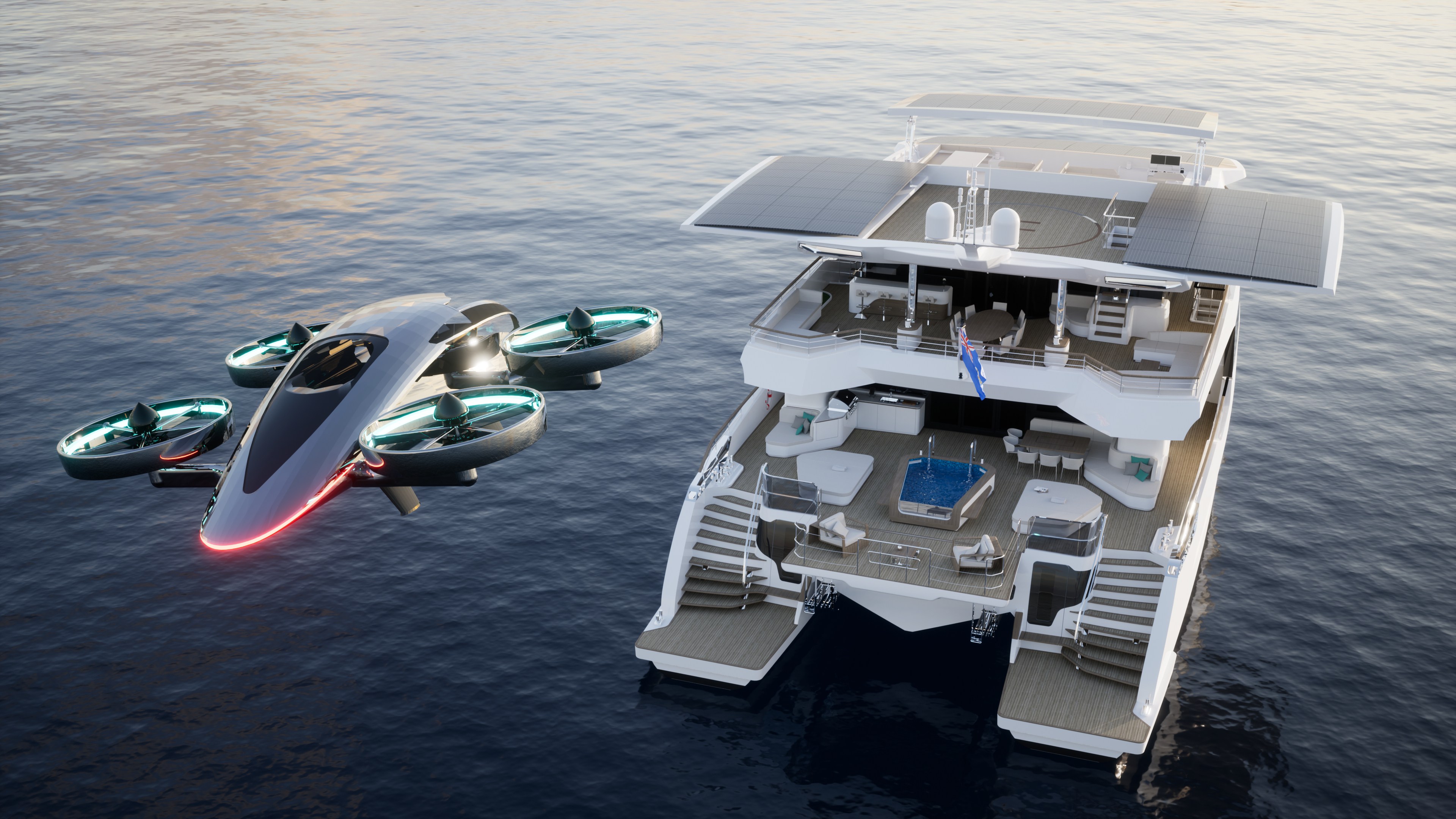
The still somewhat speculative world of eVTOL (electric vertical take-off and landing) transportation has received a fillip in the form of this partnership between Silent Yachts and Derby-based start-up VRCO, creators of the forthcoming Xcraft XP4 aircraft. While not as economically substantial as Stellantis’ partnership with Archer Aviation, the tie-in should certainly raise the profile of both companies and give billionaires something new to dream about.
Silent Yachts and VRCO team electric catamaran with eVTOL
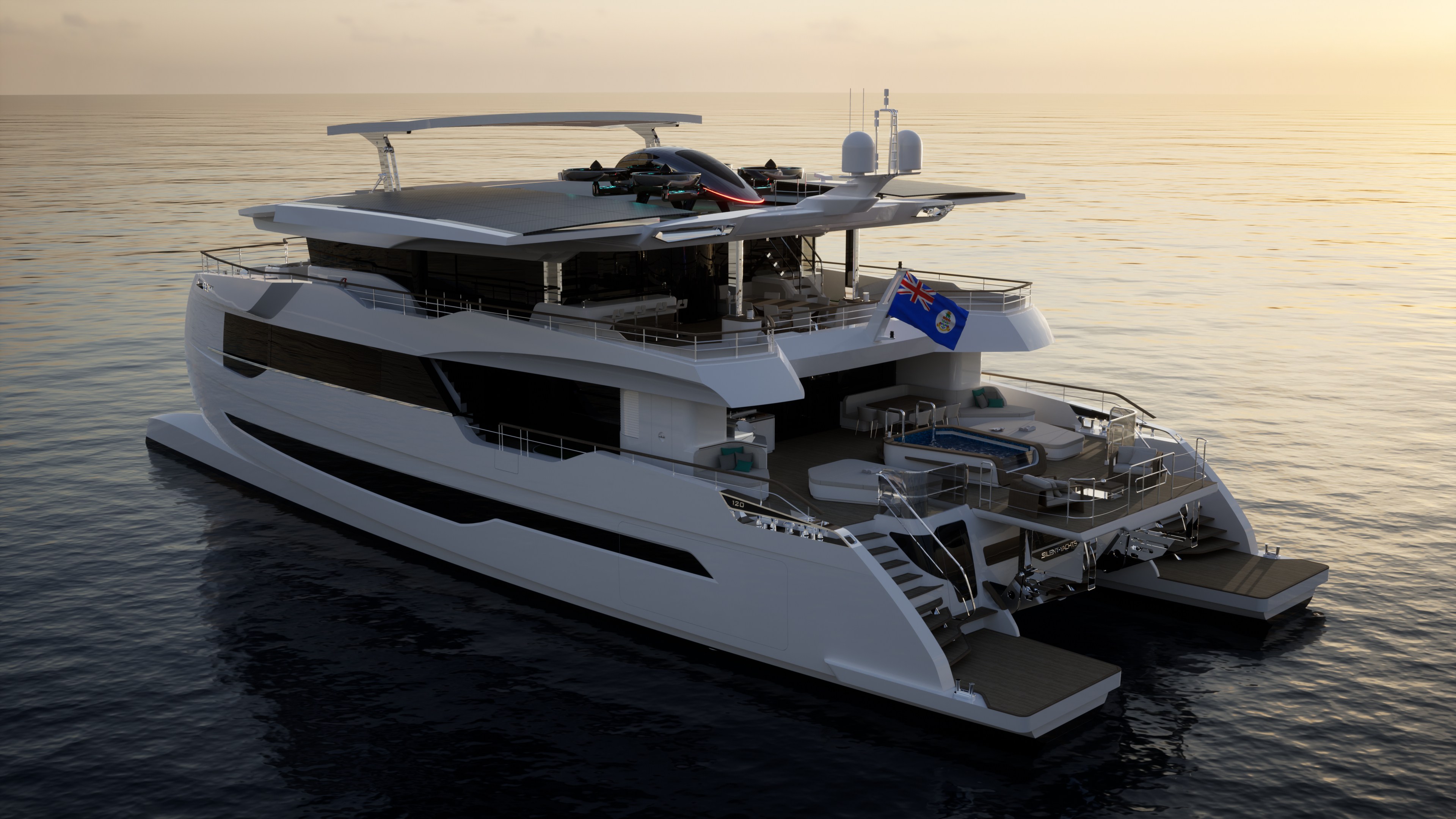
Whilst everyone else is wondering how eVTOL will change the shape of airports, Silent Yachts and VRCO are pondering how to integrate electric aviation into the world of the superyacht. The proposal starts with Silent Yachts’ Silent 120, the as-yet-unbuilt flagship of the Austrian company’s fleet of all-electric superyachts (we looked at the Silent 55 in a Cannes Yachting Festival round-up back in 2018).
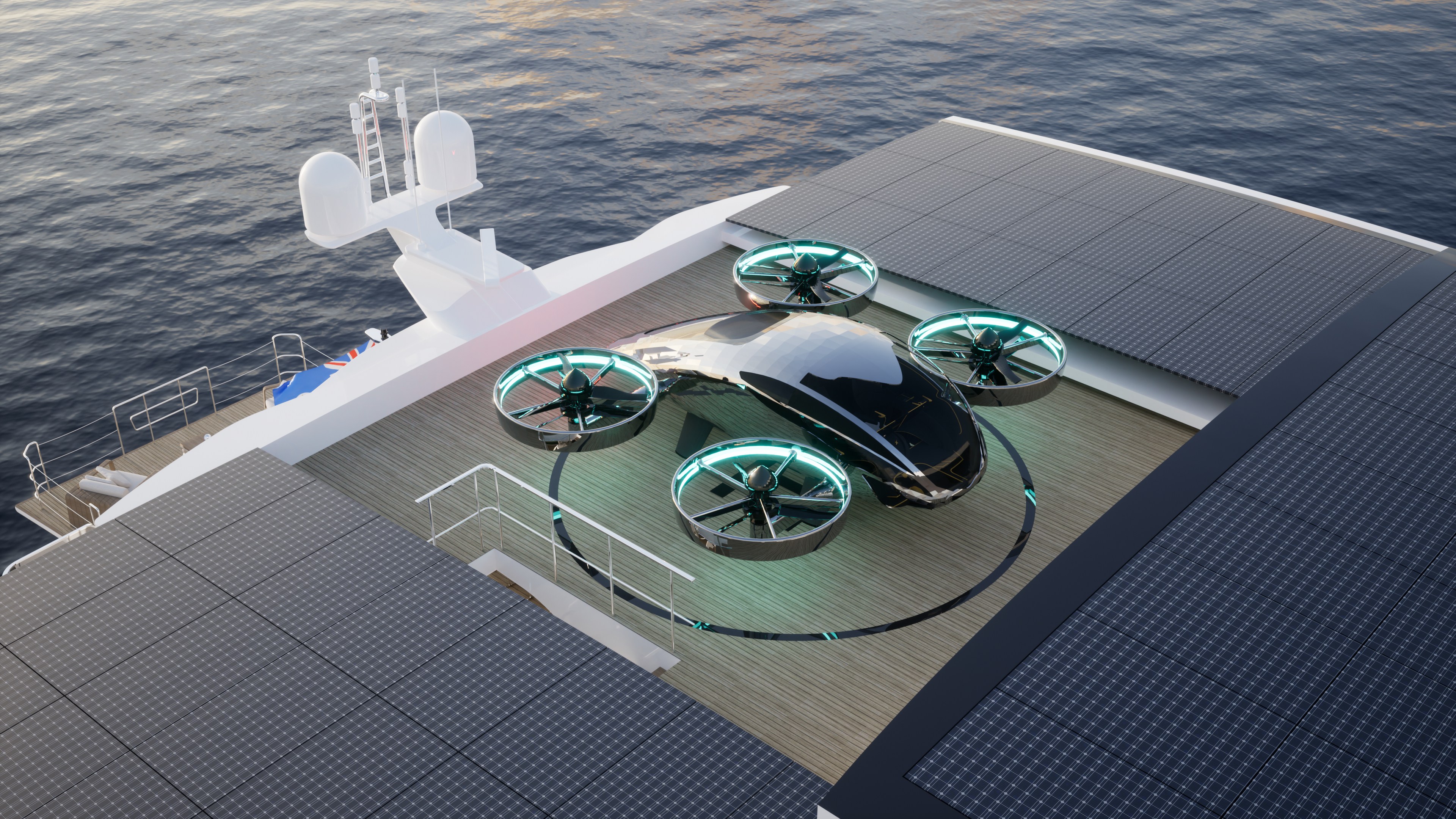
The two firms have struck up the first-ever collaboration between a yacht builder and an aircraft manufacturer, although VRCO’s design is still at least 12 months away from receiving certification. Described as a ‘hyper luxury supercar of the skies’, VRCO’s four-seater XP4 is powered by four tilting and rotating turbofans and carries a ballistic parachute for emergencies. There’s also talk of a hydrogen-based range extension system for additional security in the skies.
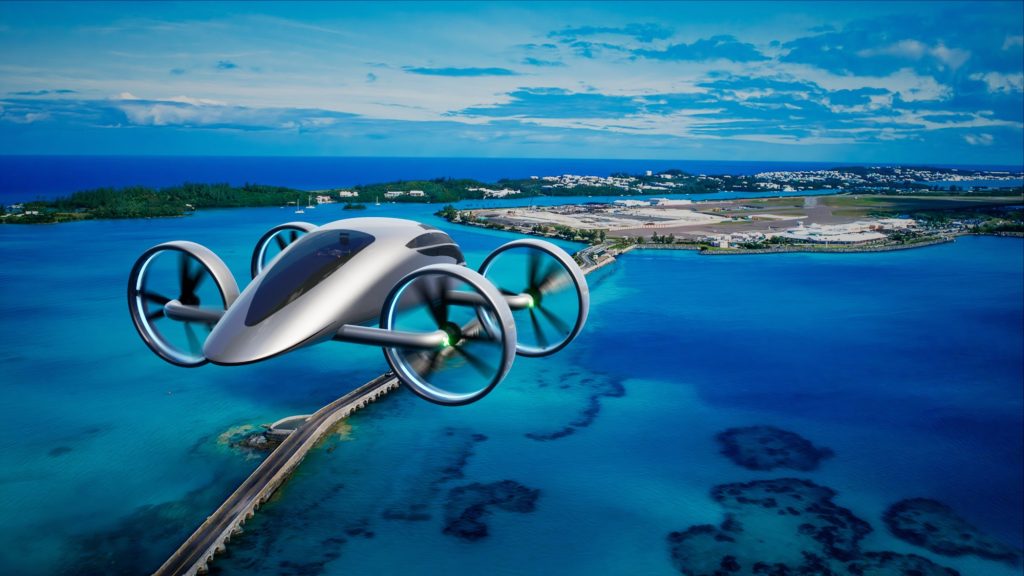
The vision is that each bespoke XP4 will take material and design choices from the yacht interior, styled inside and out by Italian designer Marco Casali. The Silent 120 is the culmination of Silent Yachts’ founders Heike and Michael Köhler’s successful vision of a fleet of zero-emission superyachts, using a vast array of solar panels to create unlimited range and a total absence of noise and air pollution when running or moored.
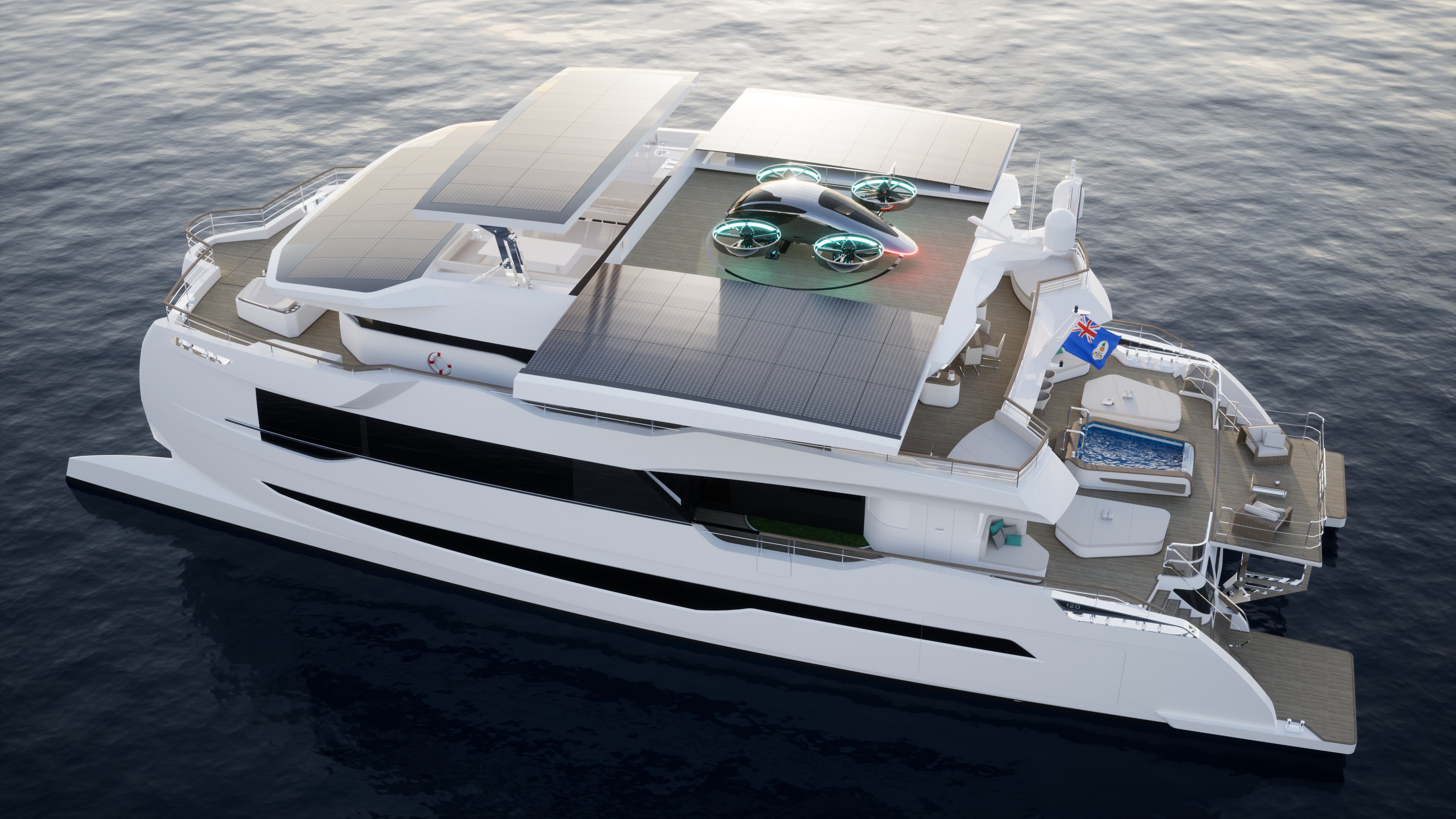
Atop the large explorer-style catamaran, 36.74m long with an 13.85m beam, there’s more than enough space to land an eVTOL craft. Clever engineering will enable the yacht’s solar panels to slide away to create the touch-and-go helicopter pad – a distinction that means the zone doesn’t need to comply with many of the more complex regulations about taking off and landing at sea.
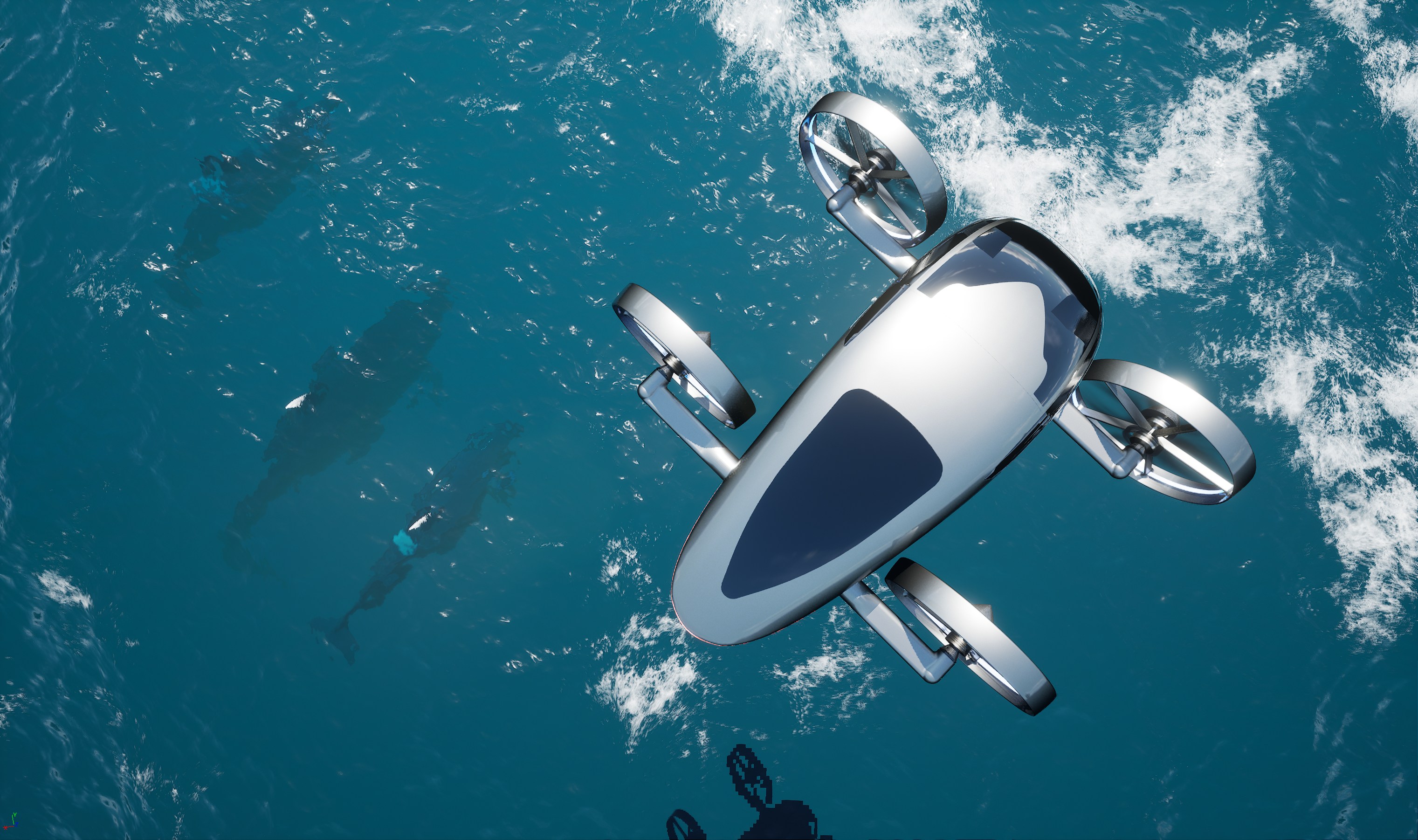
From eVTOL aircraft to personal submarine
The boat builder has also announced a collaboration with personal submarine builders U-Boat Worx, a rather more conventional pairing for the superyacht world. The latter’s Nemo submarine is also electrically powered and will use the yacht’s panels to charge it up for silent forays down in the ocean’s depths. The yacht’s spacious interior means that stowage space for ‘toys’ like the Nemo is abundant, without compromising the size of the cabins and decks.
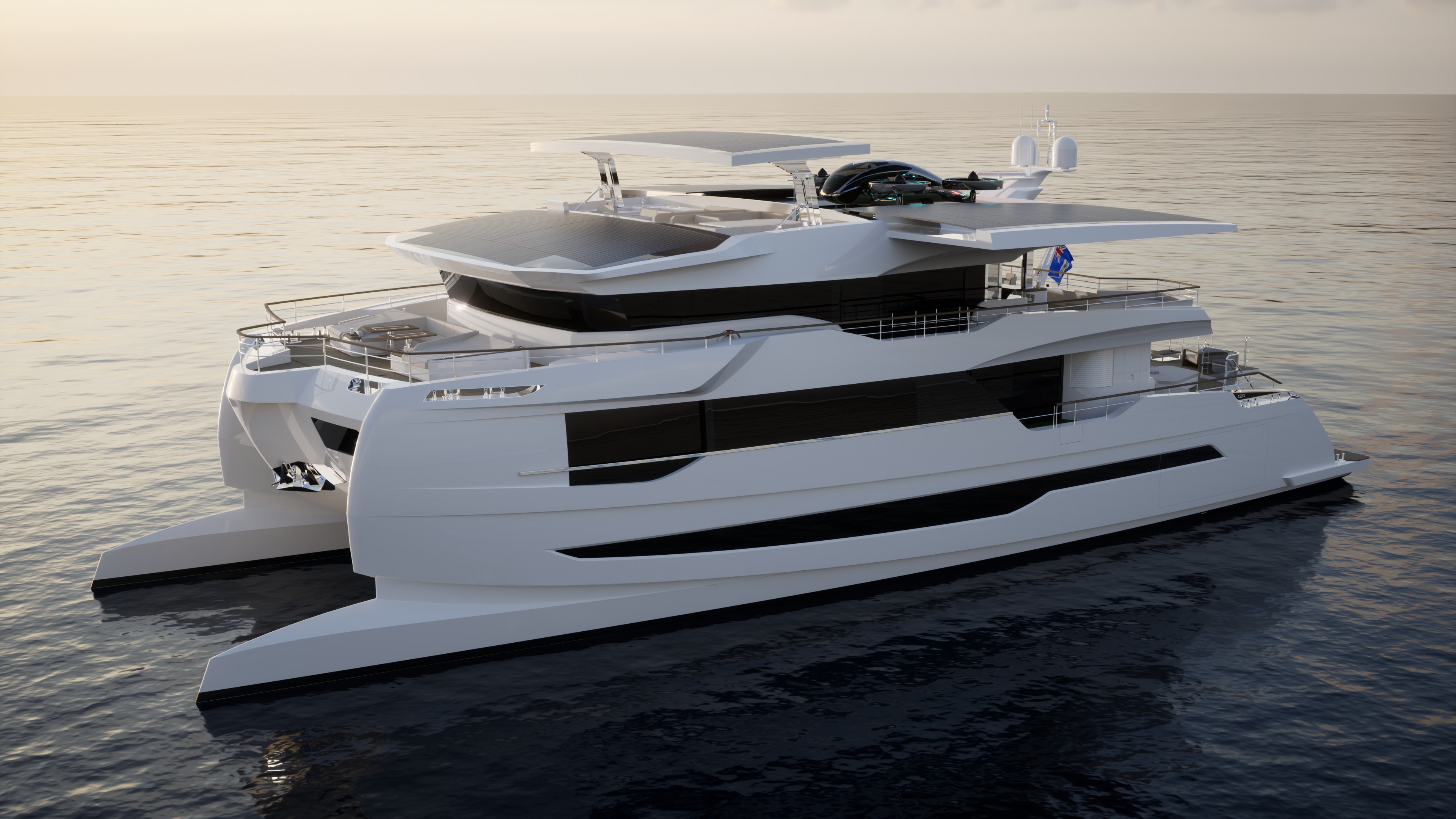
The first Silent 120 is currently in build, although there’s no word yet as to whether the future owner will include an XP4 in their specification. Given that every superyacht is the result of one person’s extraordinary flight of fancy, we wouldn’t be surprised.
Wallpaper* Newsletter
Receive our daily digest of inspiration, escapism and design stories from around the world direct to your inbox.
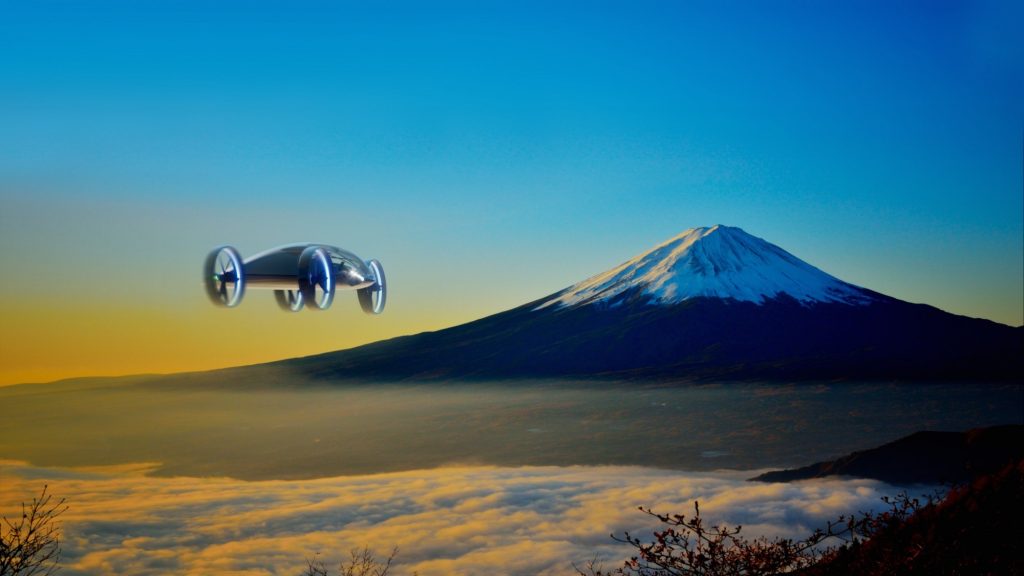
Jonathan Bell has written for Wallpaper* magazine since 1999, covering everything from architecture and transport design to books, tech and graphic design. He is now the magazine’s Transport and Technology Editor. Jonathan has written and edited 15 books, including Concept Car Design, 21st Century House, and The New Modern House. He is also the host of Wallpaper’s first podcast.
-
 Put these emerging artists on your radar
Put these emerging artists on your radarThis crop of six new talents is poised to shake up the art world. Get to know them now
By Tianna Williams
-
 Dining at Pyrá feels like a Mediterranean kiss on both cheeks
Dining at Pyrá feels like a Mediterranean kiss on both cheeksDesigned by House of Dré, this Lonsdale Road addition dishes up an enticing fusion of Greek and Spanish cooking
By Sofia de la Cruz
-
 Creased, crumpled: S/S 2025 menswear is about clothes that have ‘lived a life’
Creased, crumpled: S/S 2025 menswear is about clothes that have ‘lived a life’The S/S 2025 menswear collections see designers embrace the creased and the crumpled, conjuring a mood of laidback languor that ran through the season – captured here by photographer Steve Harnacke and stylist Nicola Neri for Wallpaper*
By Jack Moss
-
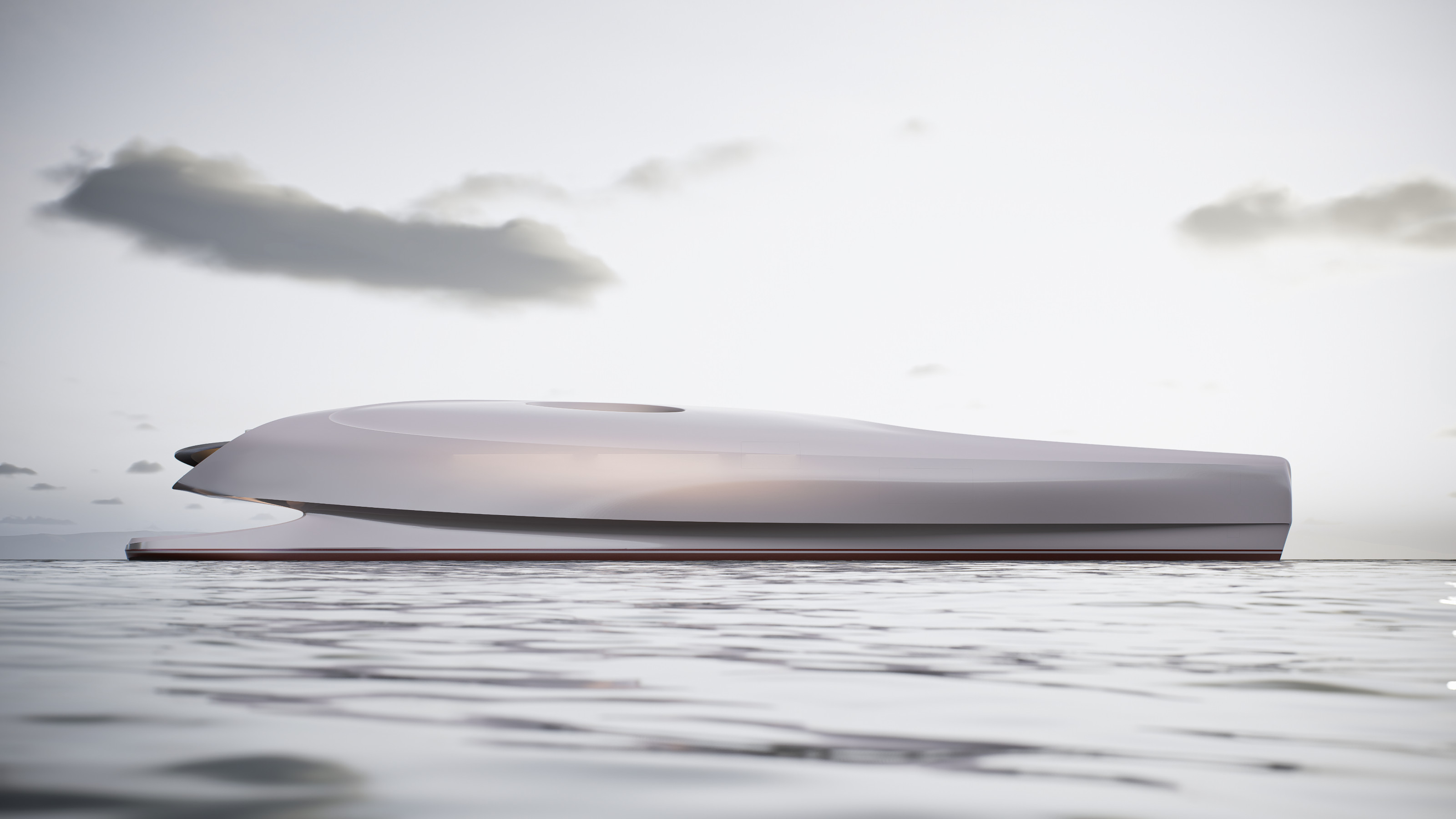 A new concept superyacht unfurls, courtesy of Vripack and Oceanco
A new concept superyacht unfurls, courtesy of Vripack and OceancoExplore Project Lily, a concept superyacht for a new generation of moneyed enthusiasts looking to push the envelope of nautical design
By Jonathan Bell
-
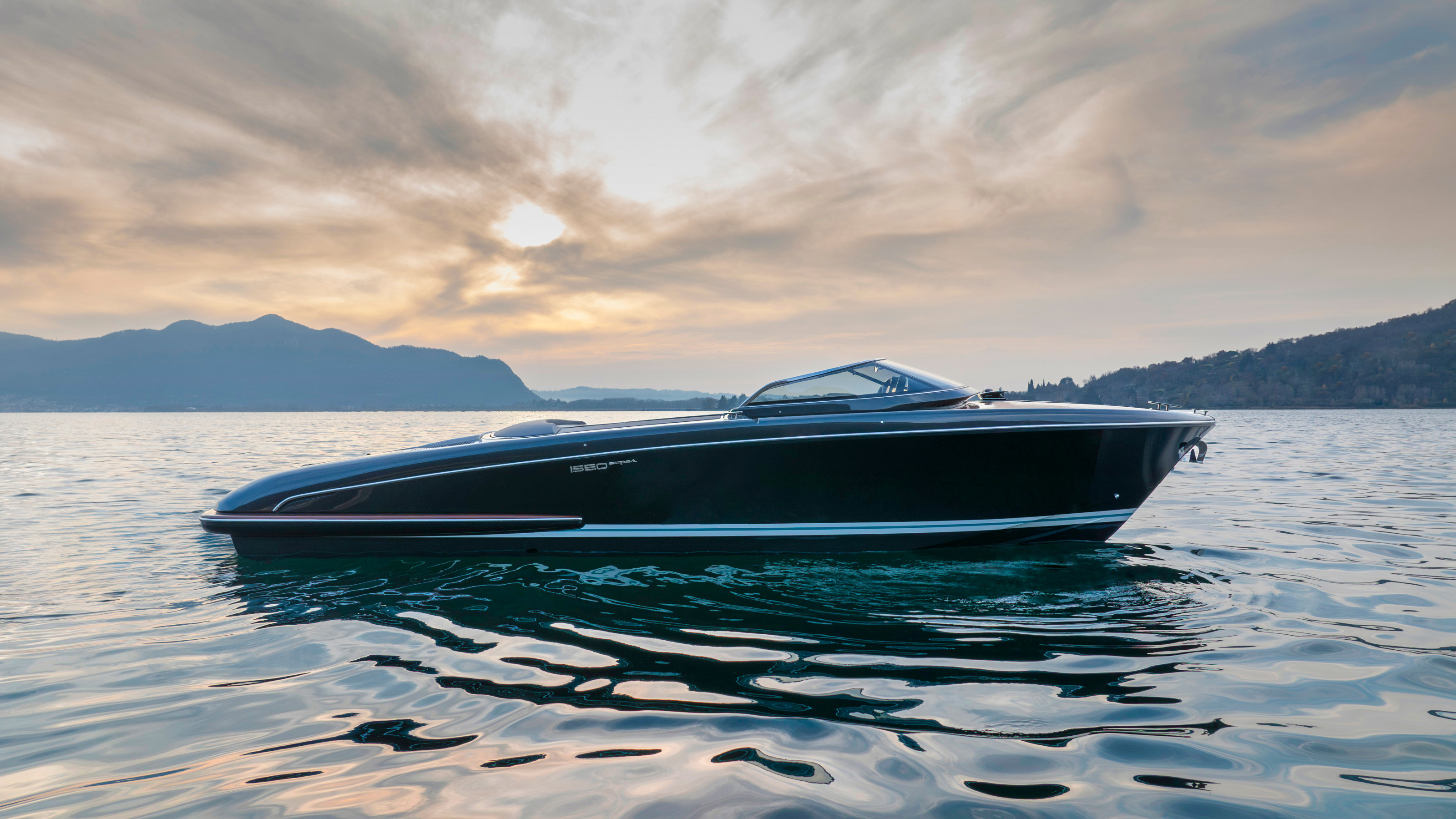 The new Riva Iseo Super continues the Italian manufacturer’s mastery of motorboat design
The new Riva Iseo Super continues the Italian manufacturer’s mastery of motorboat designA sleek 27-foot runabout, the Riva Iseo Super showcases the factors that make Riva synonymous with waterborne elegance and style
By Jonathan Bell
-
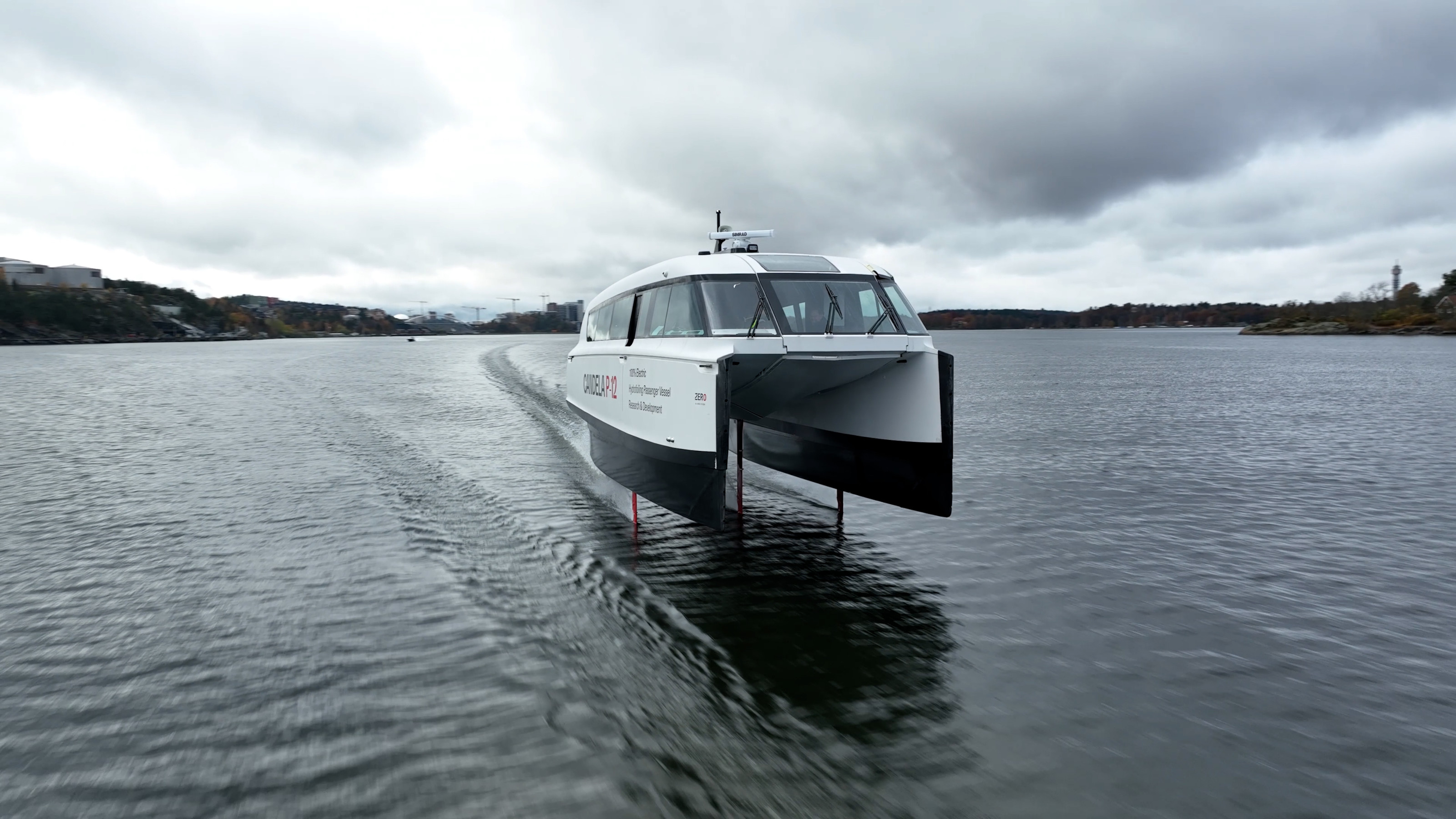 New wave: 11 electric boats for a nautical New Year
New wave: 11 electric boats for a nautical New YearFrom cutting-edge electric hydrofoils to elegant speedboats, here are some of the newest innovations to take to the waves
By Jonathan Bell
-
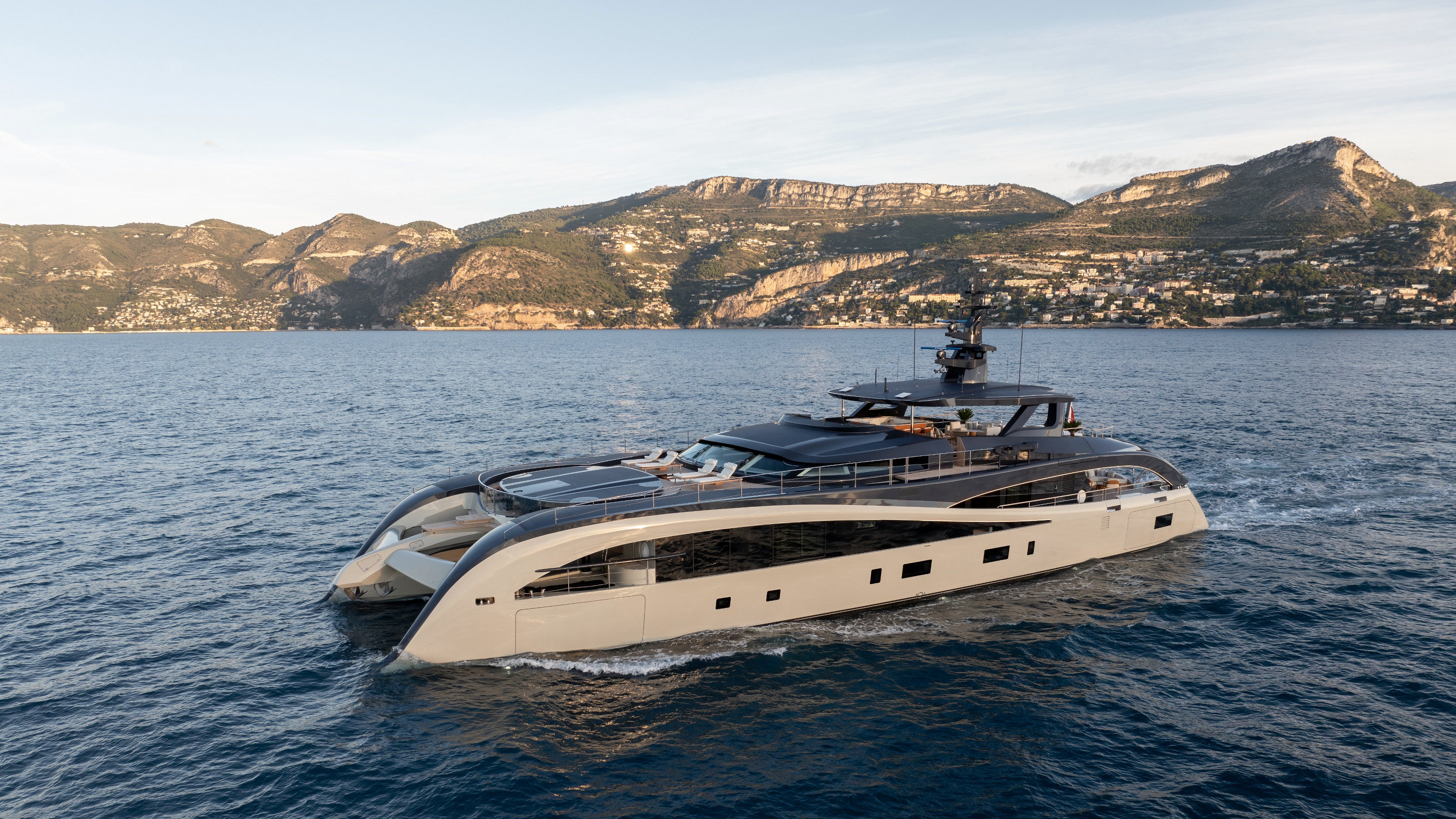 Seawolf X: an ocean-going interior by hotel specialist Meyer Davis brings Scandi style to a superyacht
Seawolf X: an ocean-going interior by hotel specialist Meyer Davis brings Scandi style to a superyachtSeawolf X is Rossinavi’s newly launched hybrid-electric catamaran, with interiors by New York design studio Meyer Davis
By Jonathan Bell
-
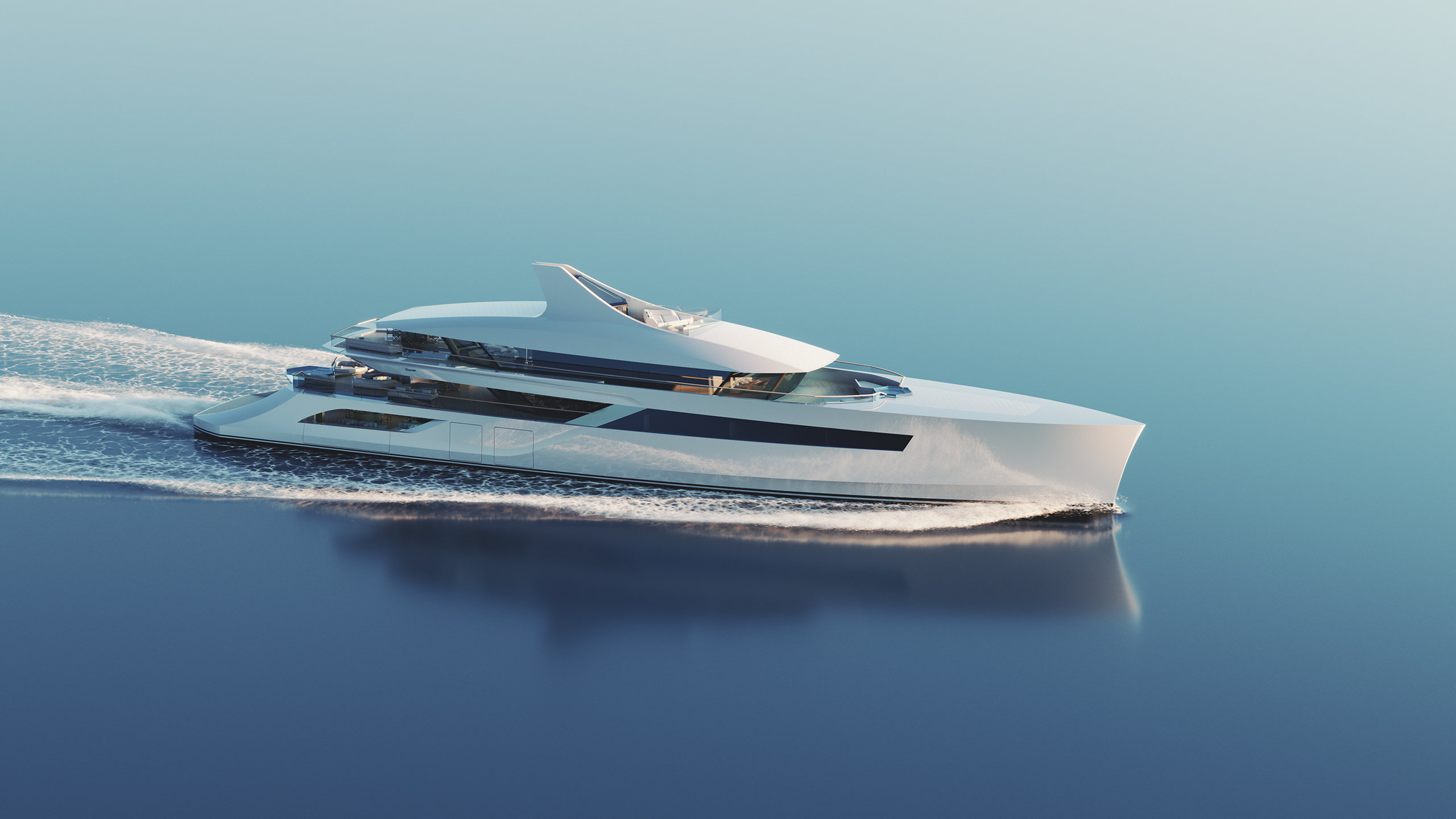 Feadship unveils the Concept C, a silent superyacht with all-electric propulsion
Feadship unveils the Concept C, a silent superyacht with all-electric propulsionInspired by diamonds and deep pockets, the Dutch shipbuilder revealed its annual concept design at the 2024 Monaco Yacht Show
By Jonathan Bell
-
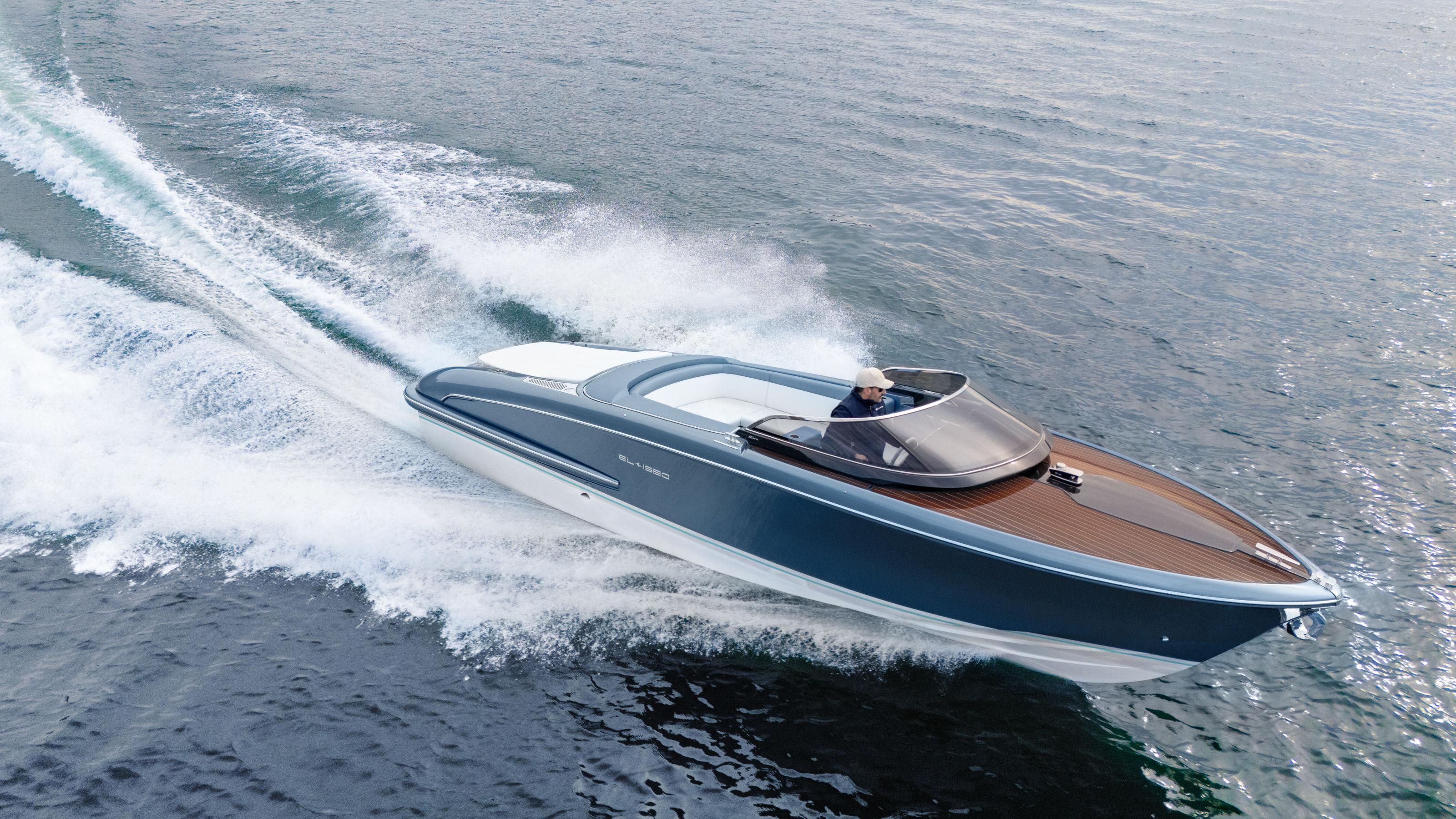 Riva El-Iseo is the legendary boat builder’s first fully-electric motor yacht
Riva El-Iseo is the legendary boat builder’s first fully-electric motor yachtThe Riva El-Iseo electric speedboat blends classic Italian lines with a silent, powerful and zero-emission powertrain
By Jonathan Bell
-
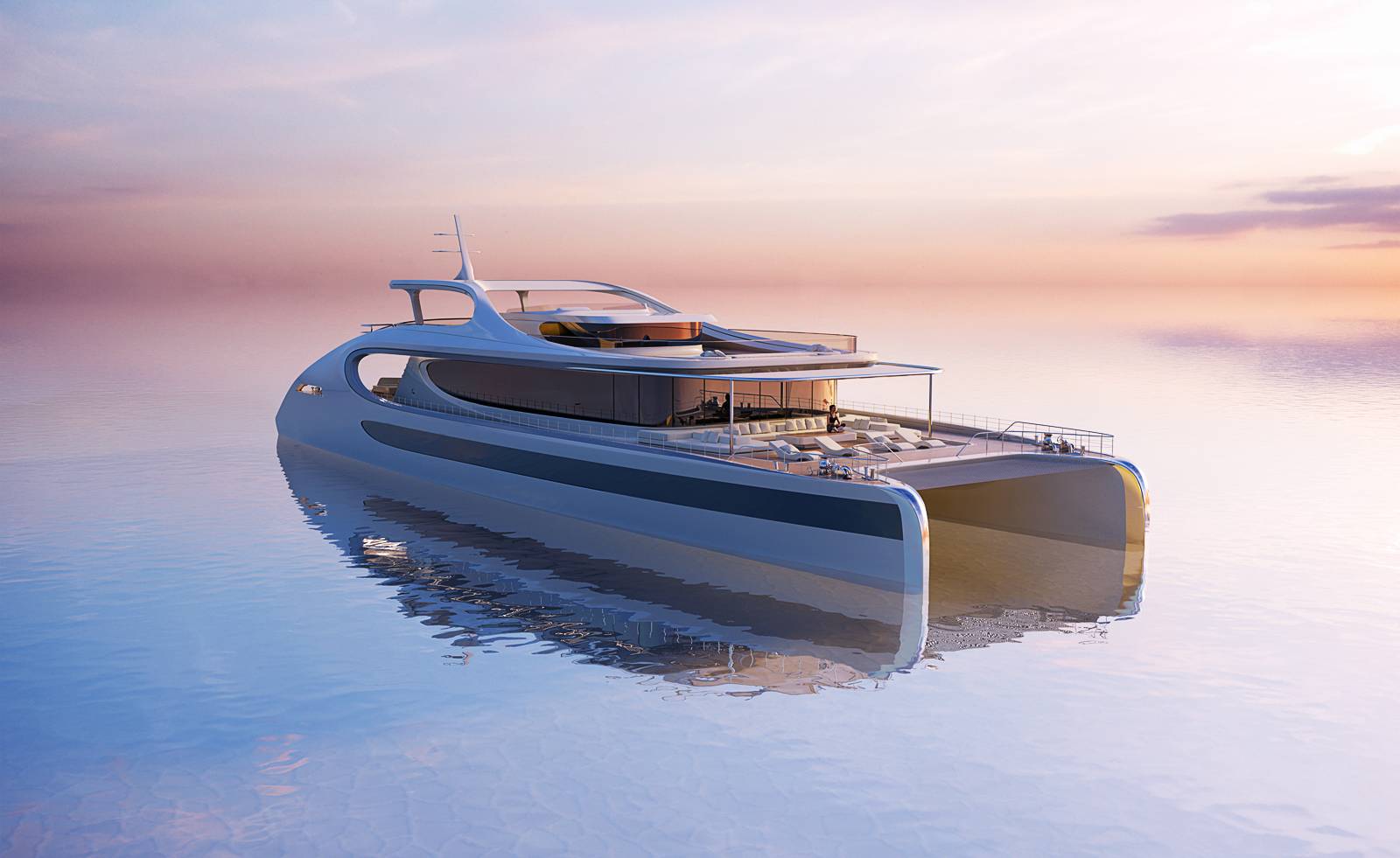 Zaha Hadid Architects creates Oneiric, a new catamaran concept for Rossinavi
Zaha Hadid Architects creates Oneiric, a new catamaran concept for RossinaviGreen technology and Zaha Hadid Architects’ typically fluid, sculptural approach to form give the Oneiric Catamaran concept oceans of appeal
By Jonathan Bell
-
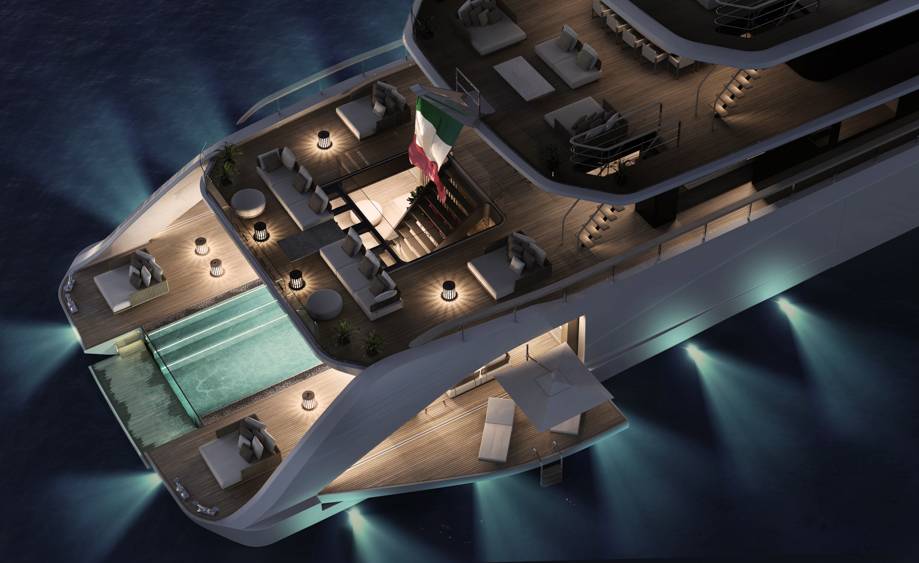 These next-generation superyachts are set to make waves
These next-generation superyachts are set to make wavesIn the wake of the Monaco Yacht Show 2021, a new fleet of concept yachts sets sail, promising hydrogen power, virtual command centres and glass-bottomed pools – ready the retractable helipad, we're on our way
By Jonathan Bell